How to Optimize Your Android Device Performance
According to worldwide statistics of smartphone users, Android has always been used more than iOS, Symbian, Blackberry, and other mobile operating systems. The timely upgrading of the OS has kept its users hooked on it. However, the dependency we currently have on technology, especially our phones, has also led to its performance breakdown.
Thus, the incentive to optimize Android performance has grown significantly. ‘How to optimize Android for different devices’ has probably become one of the top queries for which the OS users are demanding an answer. Technology is all about better performance, but if we can’t get that out of its system, then what’s the use? Therefore, we have gathered some of the greatest (tested) tips and apps that can help you achieve optimal performance from your Android-based device.
I have personally tested the suggested layout on my very own Sony Xperia Z handset, which is configured with Android 4.4.4 (KitKat).
TIP: We have listed some tips to improve your Android device’s performance. Though there is an app for almost everything, if you have low storage memory or lack sufficient free storage space, you can always opt for manual ways to address these issues.
Android Optimization You Can Do on Your Own.
We have used the Clean Master app as an alternative to manually performing optimization. Clean Master is a free and popular app from Cheetah Mobile that comes with junk cleanup, antivirus, phone booster, and app manager modules. A significant amount of storage space can be reclaimed with just a tap on the Junk File option, which clears the app’s system cache and temporary files.
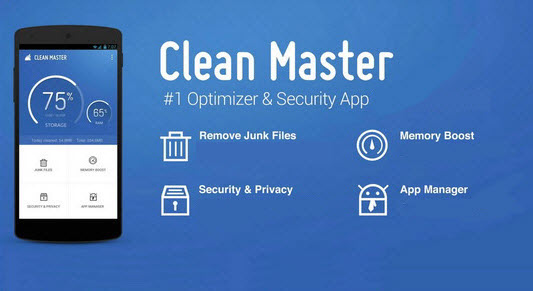
Nevertheless, the Google Play Store offers a number of similar apps, such as DU Booster, CCleaner, Memory Booster (upgradable), Advanced Task Killer, 3C Toolbox, and CPU Tuner, which can be used instead of Clean Master. However, some of them may require rooting your device.
Kill Background Apps: Even if your phone has a strong internal and external memory, there is still a chance it may slow down. This could be due to a heavy load on the processor caused by background activity. To terminate this activity, the first step is to close the apps that are not in use but are still running in the background. This can help prevent a major slowdown in performance.
With the App: Run the Clean Master App and tap on ‘Phone Boost’. The following screen will appear once the application has analyzed CPU usage, apps currently running, and the amount of acquirable memory. Select the desired apps by checking the box provided beside each one and tap on ‘Boost. This should greatly improve CPU performance, resulting in faster
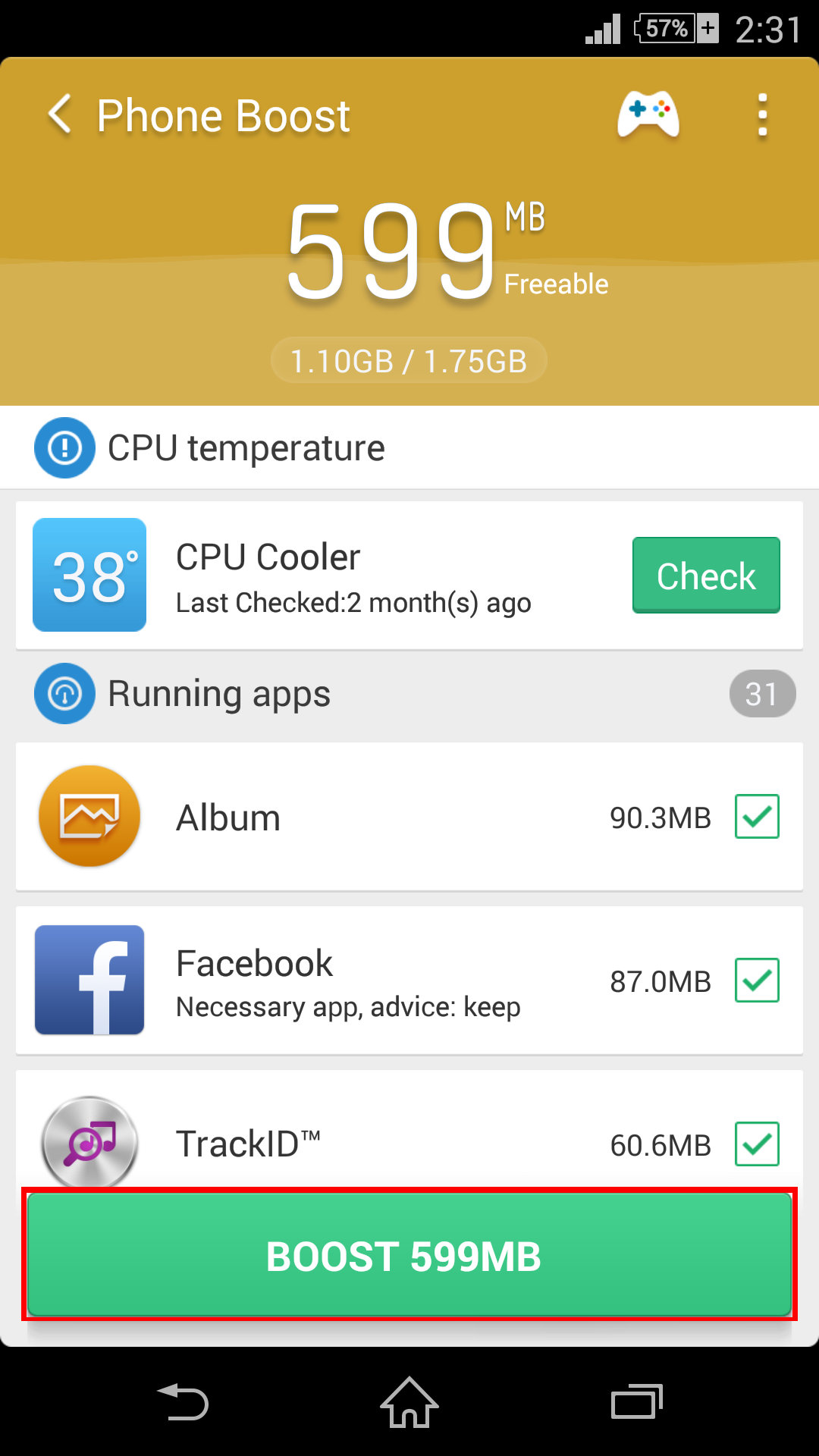
Without App: Tap on the task manager icon, and a list of apps currently running in the background will appear on the screen. Swipe each app right or left, one by one, to completely end them and regain processing performance.
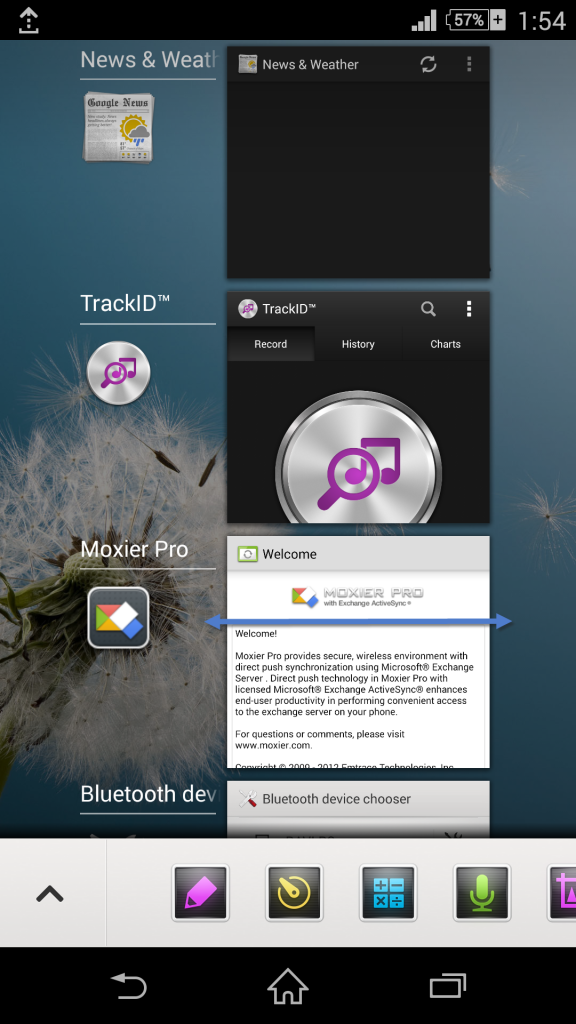
Update Apps Regularly: Not keeping applications up-to-date is also a probable cause of degraded performance. Most updates arrive with patches, bug fixes, and other enhancements that improve the respective app’s performance. As a result, the device functions properly too.
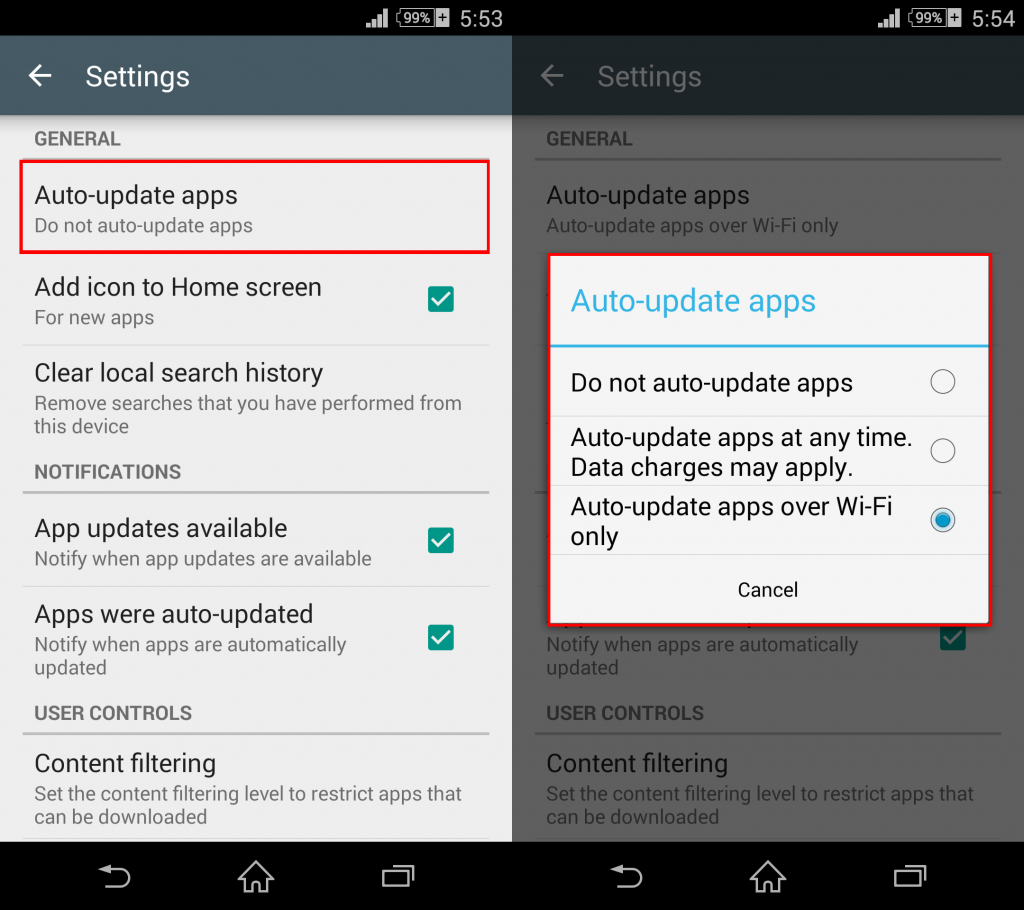
Via Play Store: Technically speaking, there is no manual or app-based procedure to keep your apps up to date. However, Google’s Play Store offers the provision. Go to My Apps in your Play Store account and check whether the apps are updated or not. Click on ‘Update All’ to update all the available updates for listed apps. Any or all bug fixes and updates in the performance or features of the software will be implemented.
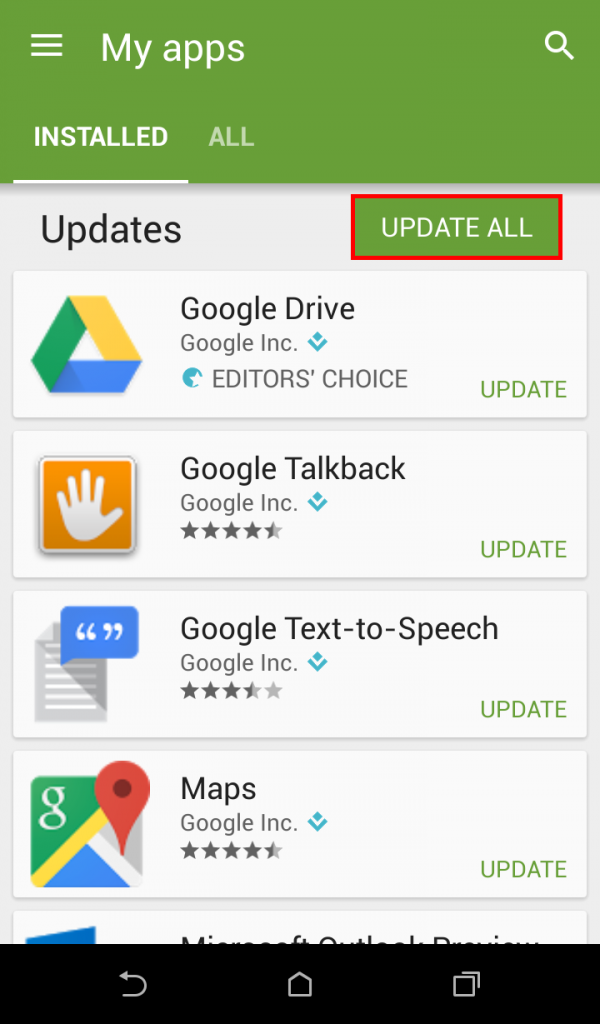
Clean Up Unnecessary Apps: The rapid rate of downloads has also increased the rise in the number and variety of apps. Open your app list and simply ask yourself this very simple question: Do I need them all? If so, manage their processing; if not, manage them by getting rid of them. An unnecessary amount of storage space is acquired not only by the app but also by its cache, temporary, program, and data files, offering a huge scope for increased memory and enhanced performance.
With the App: Run Clean Master and tap on App Manager. This will display a list of applications downloaded to your Android device. At the top of the screen, you will be able to view a number of options provided for the management of apps.
- Tap on “Uninstall” at the bottom.
- Select the app you no longer need.
- List the apps according to their attributes (Date/Frequency/Size).
- Tap on Uninstall on the top
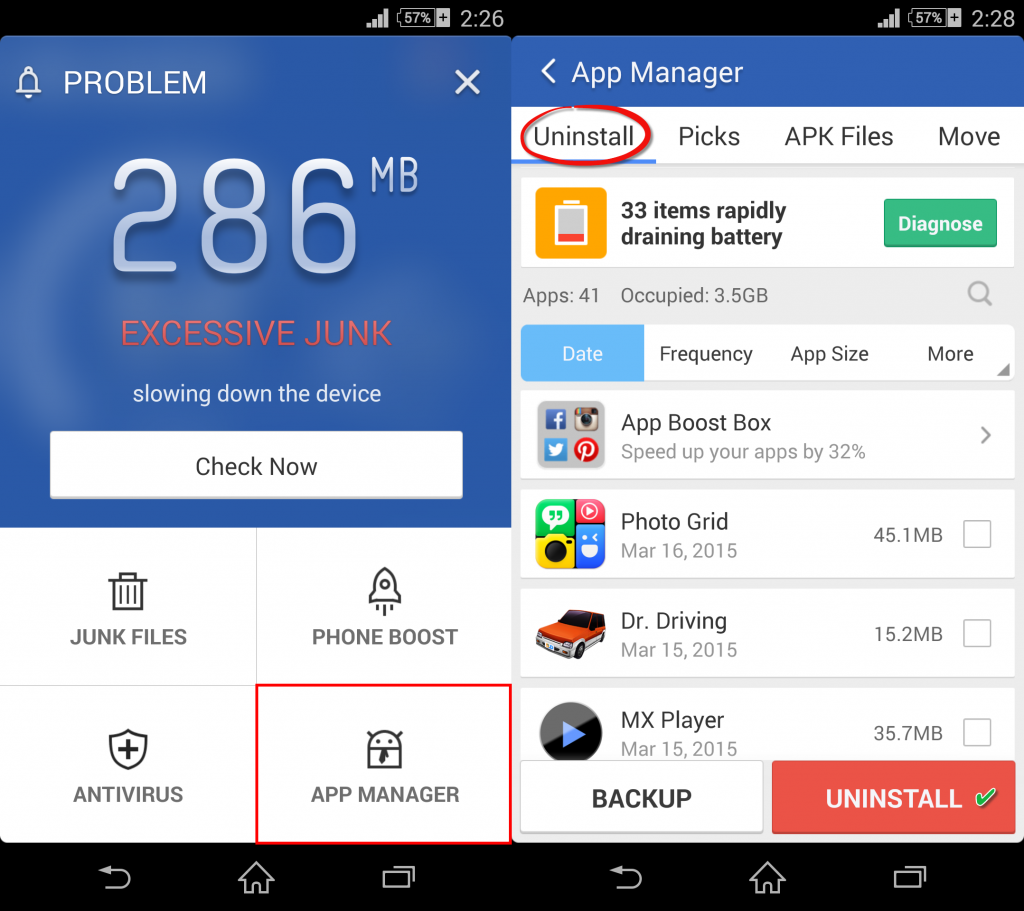
With the App: The process is a bit tiresome, but it works well if only a few apps have to be uninstalled.
Go to settings.
Tap on the app that you want to uninstall.
Tap on “Clear Data.
Tap on ‘Uninstall.’
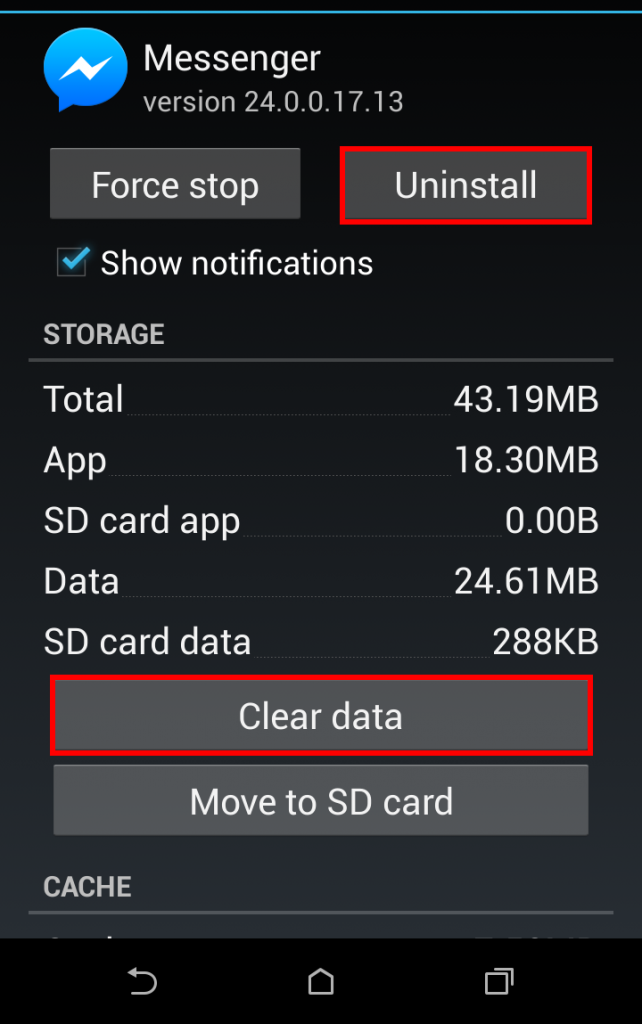
Get Rid of Junk Data: Many unwanted items reside on your Android device, such as system cache, temporary files, and junk data, making it sluggish and sometimes unresponsive. Deleting these files is necessary at regular intervals to prevent any performance issues.
With the App: Open the Clean Master app and go to Junk Files. This module of the application allows you to delete junk data, cached files on the device, and other residual files to boost device memory. Once the Junk Standard has calculated the amount of junk that can be removed, tap on Clean Junk. Observe the process of junk removal.
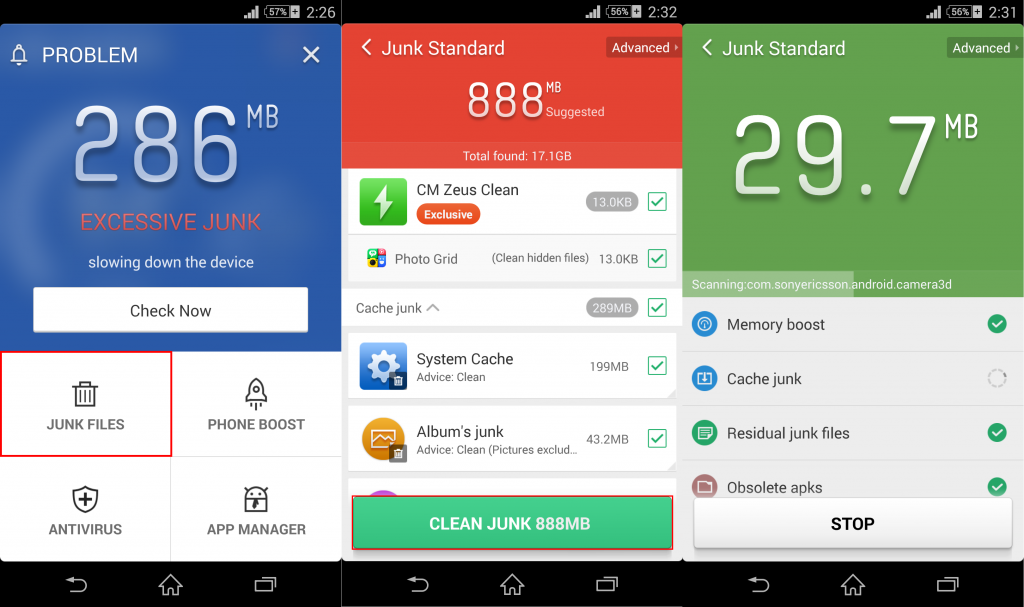
Without the app: Go to the Settings menu on your smartphone or tablet, and select Apps. Choose each app (that needs to be removed) individually, and tap on ‘Clear Cache’.
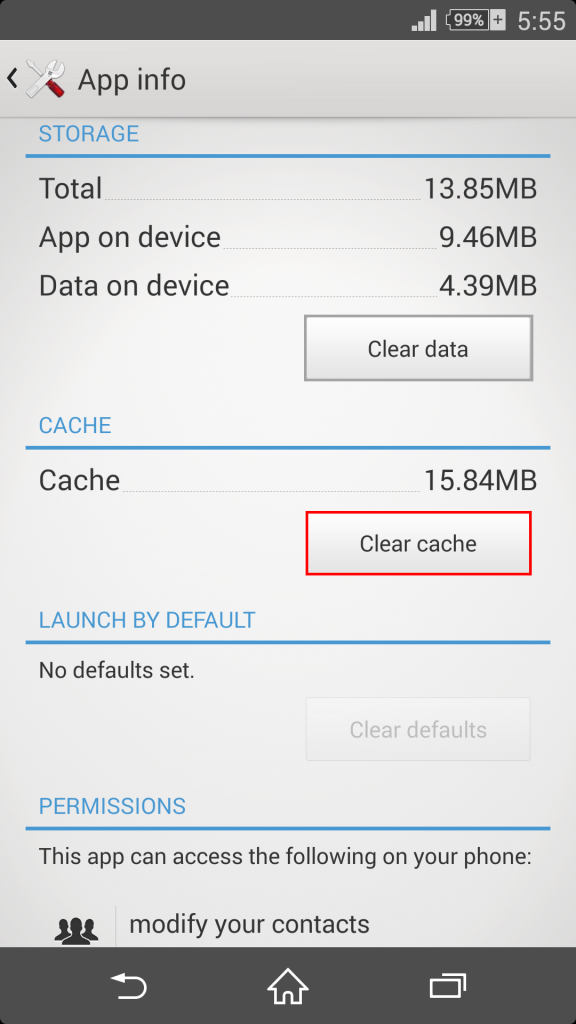
Useful Tips That May Come in Handy: Apart from the suggested tricks, here are some tips that can be adopted to optimize the storage memory, RAM, and processor usage of your Android device.
Developer Options: A lot of time and resources are consumed when switching from one app to another or starting up an app. This is because of the animation. If you believe that your smartphone is fast enough, try disabling the animation (Settings > Developer Options) and you will see the true speed at which your phone can work.
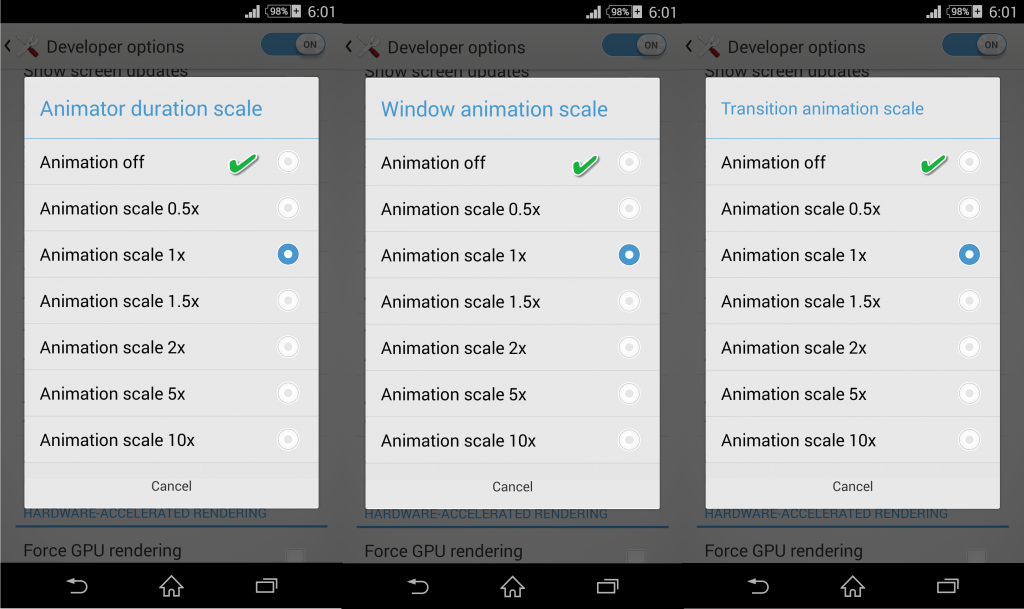
Exit Apps Completely: You exit apps, kill apps, and shut them off from the task manager. However, some apps need more than that. Certain apps persist on the Notification bar even when not in use. Nonetheless, these apps also provide a dedicated Exit option. If you have any such apps, use the exit button rather than merely closing the window.
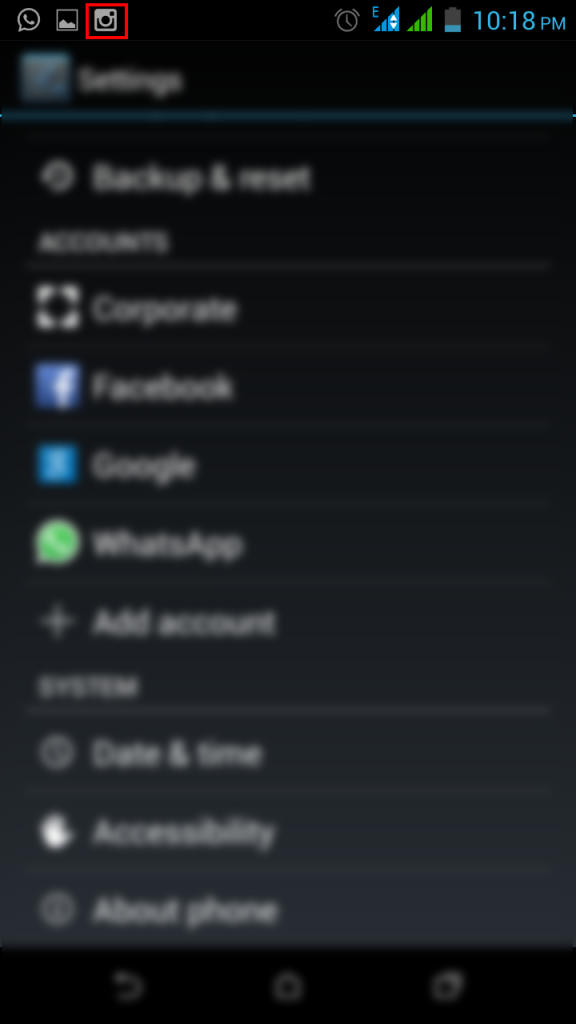
Say No to Live Wallpapers: Live Wallpapers are undoubtedly cool and mesmerizing. However, they also consume a tremendous amount of resources. As a result, they slow down the device and drain the battery due to the number of frames used in their animation. Get rid of them and use static wallpapers instead.

Use the Right Memory Card: It is not just the storage size of a memory card that matters when selecting one for your Android phone. The quality class is something that only a few are aware of. Quality Class 10 is recommended for high speed, and you can see it marked with a circle on the SD card. However, a little testing beforehand is always suggested.
Optimize hierarchy and layouts: Layout is an important part of an app that, if applied poorly, can result in an application that constantly exhausts the phone memory due to its sluggish UI. Thankfully, the Android SDK comes with tools that can help detect performance issues within the layout and fix them to offer a smooth scrolling UI that leaves a negligible memory trail.
If Nothing Works, Go for a Factory Reset: If none of the above methods work on your device, probably because it has been through too much, opt for a factory reset. However, remember to back up everything that is essential to you, from the apps to their data.
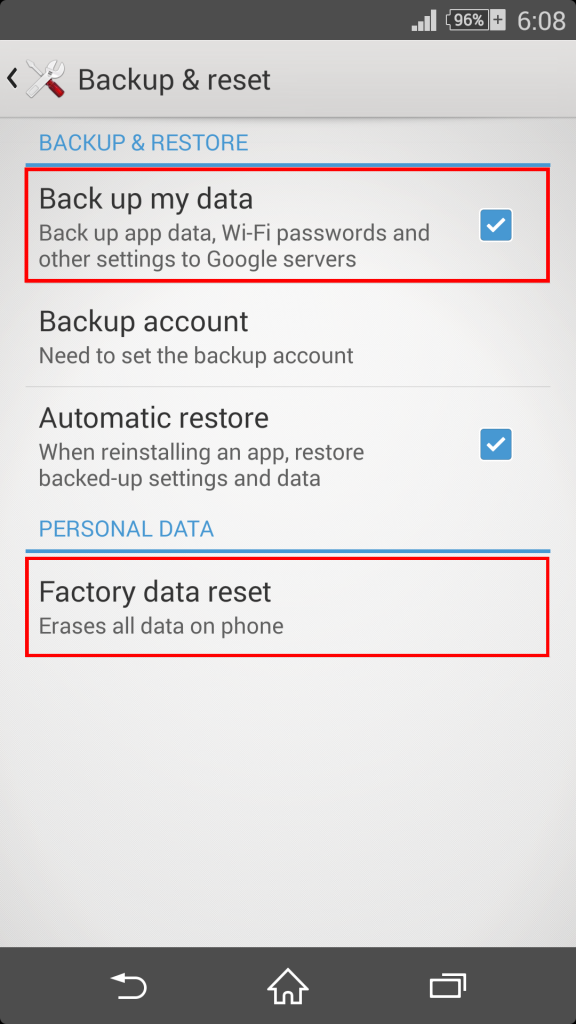
Hardware configurations, such as storage, RAM, and the processor of a device, play a vital role in determining whether your phone’s performance is good or bad. However, the technology a device utilizes and its usage rate also influence the output and performance its hardware will provide. The tips and tricks listed above are helpful for understanding how to optimize Android for various devices, including smartphones and tablets. Note that the procedures recommended here have been tested by experts and have produced optimal results. Nonetheless, ensure that the suggested tips and precautions are implemented correctly to avoid any inconvenience or loss of vital data.